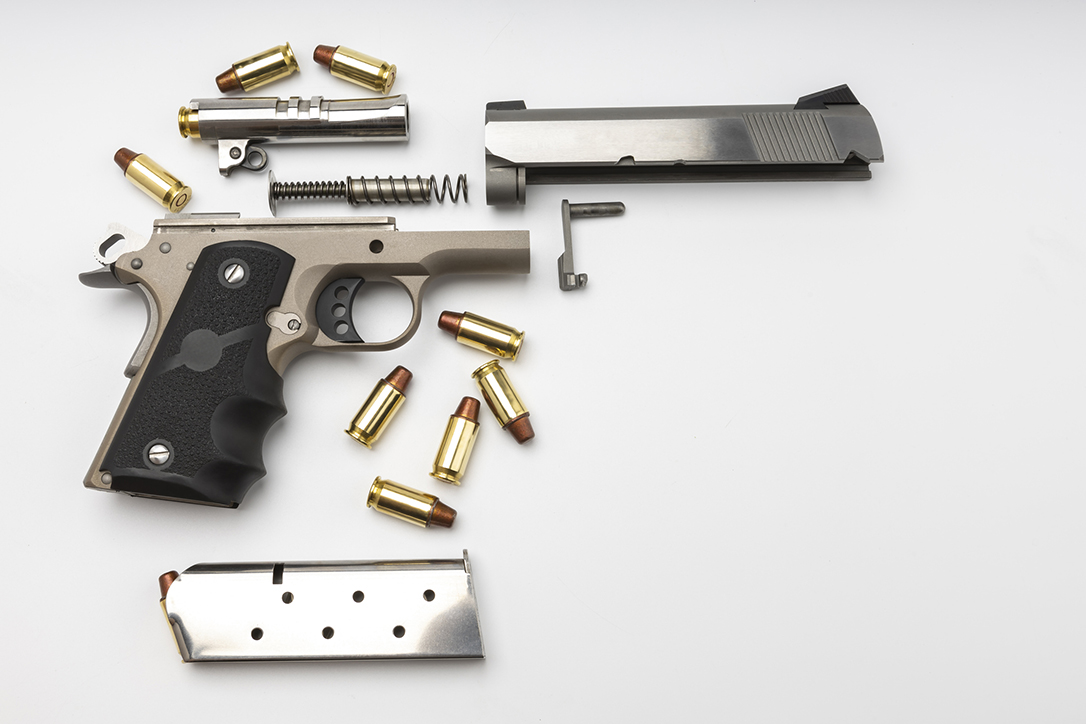You are in your local gun shop and listening to the regulars ramble on about specific gun parts. What they do not know is that you have been a proud gun owner for six days and nine hours. You don’t speak “gun” yet, so you just nod your head. While you are sure what they are saying is profound, it sounds like “the warp core is connected to discombobulator and run by the zippy doodah pin.” Understanding the various components that constitute a firearm is crucial for safe handling, maintenance, and overall proficiency. From the barrel to the stock, all parts of guns serve a distinct purpose in the operation and performance of the firearm. Let’s delve into the anatomy of a typical firearm, breaking down its key components and their functions. Well, let’s get you rolling and up to speed on just what the names of those parts really are.
Parts of Guns Explained
Barrel
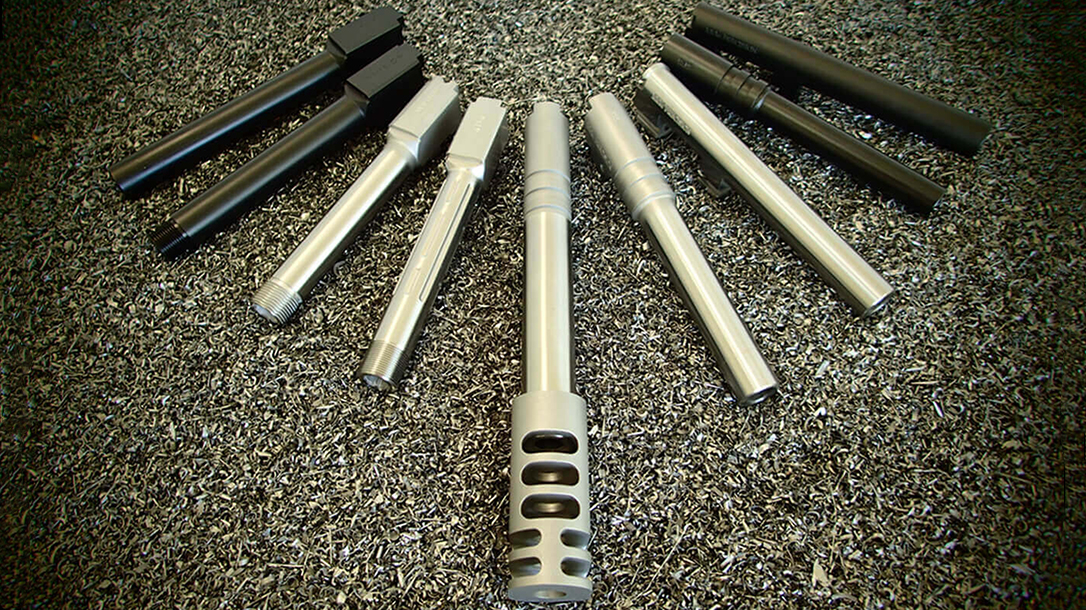
The barrel is the cylindrical tube through which the projectile travels upon firing. It’s typically made of high-strength steel and is rifled to impart spin to the projectile, stabilizing its flight. The length and diameter of the barrel influence factors such as accuracy, muzzle velocity, and recoil.
Advertisement — Continue Reading Below
Action
The action is the mechanism responsible for loading, firing, and ejecting cartridges. There are several types of actions, including bolt-action, lever-action, pump-action, semi-automatic, and fully automatic. Each has its own method of operation, affecting the rate of fire and ease of use. This can also refer to the action that the trigger does on the gun. A gun where the trigger simply releases the hammer is a single action. A gun where the trigger both cocks the hammer and releases it is a double action.
Receiver
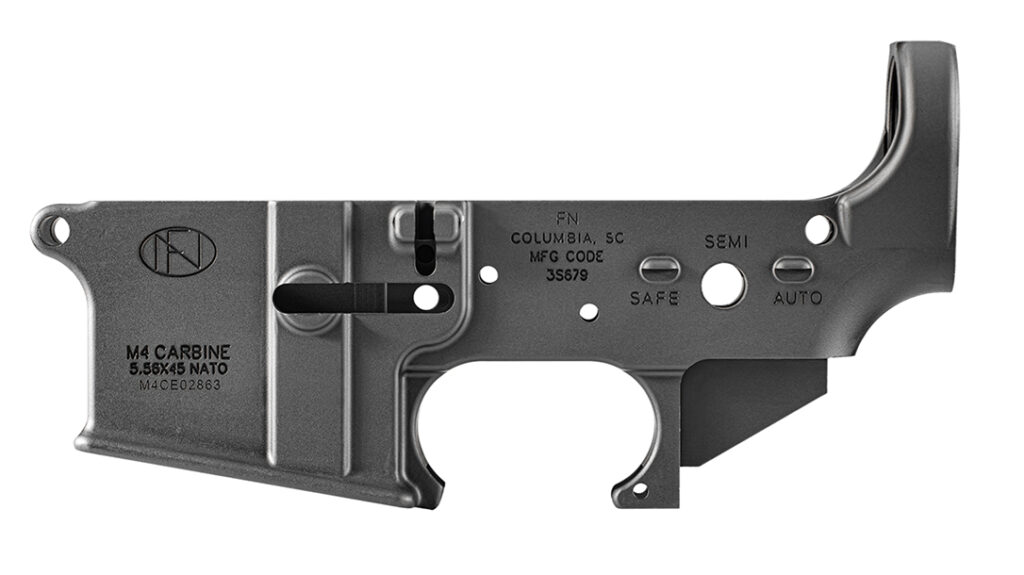
The receiver is the central component that houses the action and provides structural support for other parts. It contains the firing mechanism, such as the trigger assembly, hammer, and firing pin, and serves as the attachment point for the barrel, stock, and other accessories.
Advertisement — Continue Reading Below
Stock
The stock is the portion of the firearm that the shooter holds against their shoulder or cheek. It provides stability and control while aiming and firing. Stocks can be made from various materials, including wood, synthetic polymers, or metal, and come in different styles to accommodate different shooting preferences.
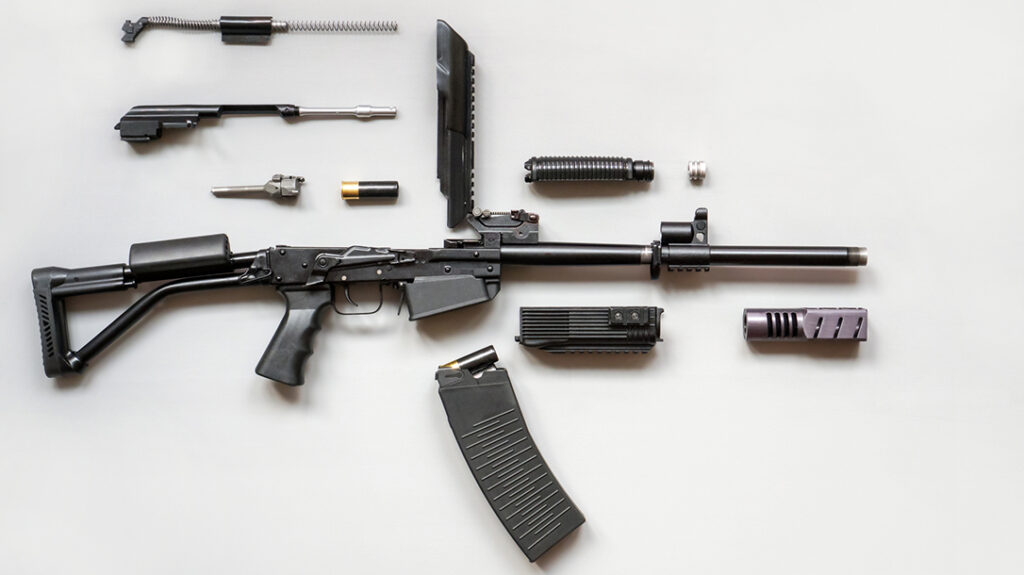
Trigger
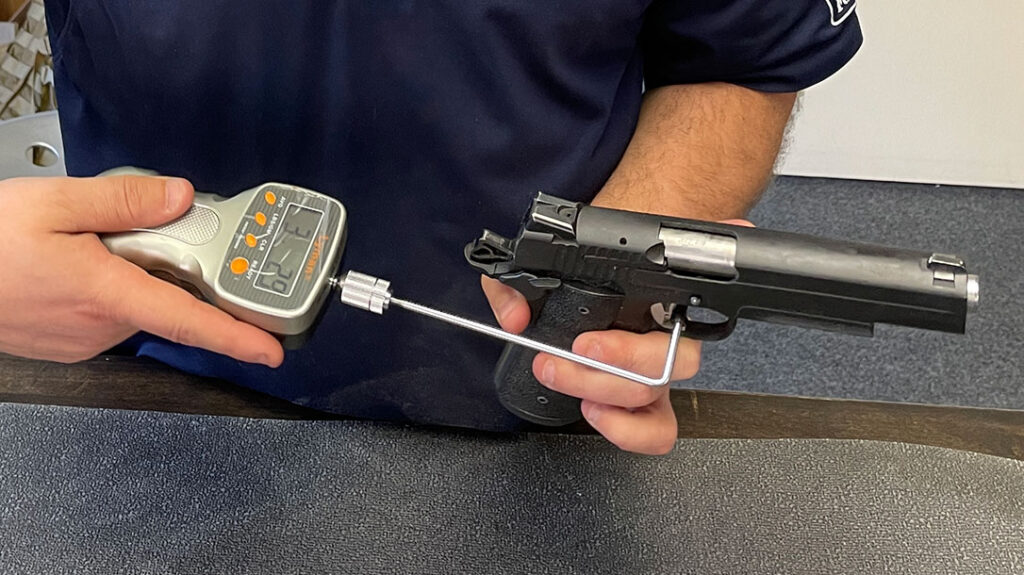
Advertisement — Continue Reading Below
The trigger is the interface between the shooter and the firing mechanism. When the trigger is pulled, it releases the hammer or striker, initiating the firing sequence. The design of the trigger mechanism influences factors such as trigger pull weight, reset distance, and overall feel, all of which can affect accuracy and shooter comfort.
Magazine
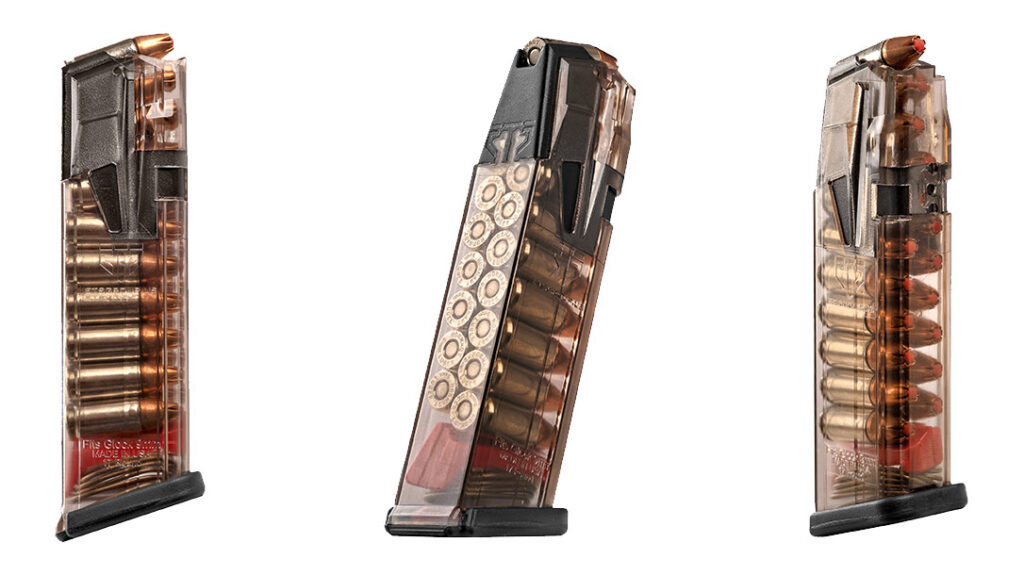
The magazine is the container that holds cartridges before they are fed into the chamber for firing. It can be detachable or integral to the firearm, depending on the design. Magazines come in various capacities and configurations, such as box, tubular, or drum magazines, and are typically spring-loaded to facilitate reliable feeding of cartridges into the chamber. Now, a major warning here. There are people who mistakenly call magazines “clips.” These are two different things and mixing them up will unleash the fury of the 2A keyboard commandos.
Advertisement — Continue Reading Below
Sights
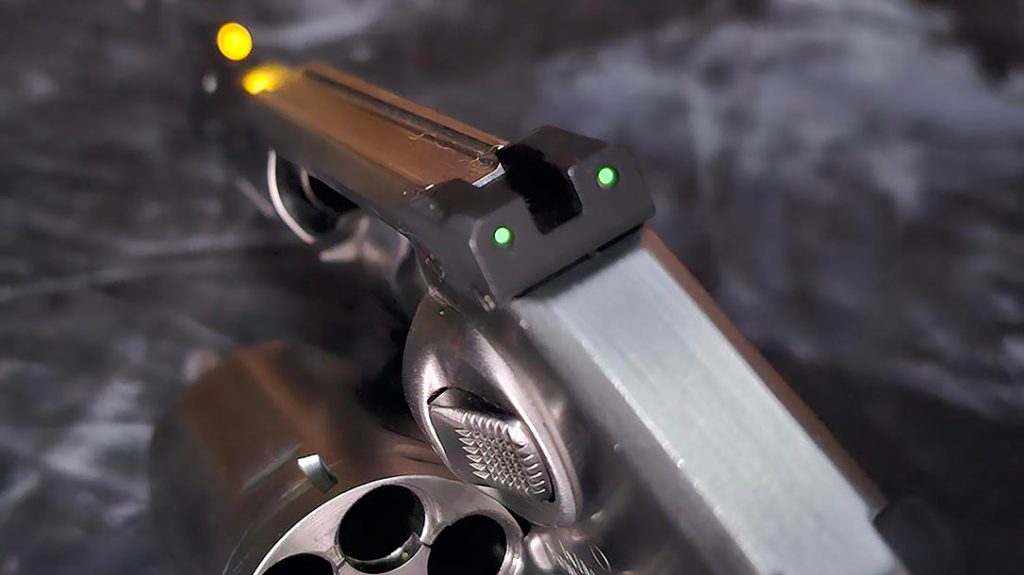
Sights are devices mounted on the firearm to aid in aiming. They typically consist of a front sight, located near the muzzle, and a rear sight, positioned closer to the shooter’s eye. Sights can be fixed or adjustable and may include features such as illuminated dots, magnification, or windage and elevation adjustments to compensate for distance and environmental conditions.
Safety
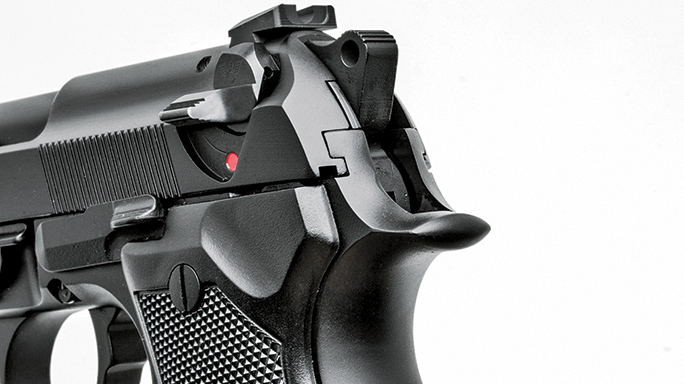
Advertisement — Continue Reading Below
The safety mechanism is designed to prevent the firearm from firing unintentionally. It can be in the form of a manual switch, button, or lever located near the trigger or on the receiver. Engaging the safety blocks the trigger or firing mechanism, ensuring that the firearm cannot be discharged until the safety is deactivated.
Bolt
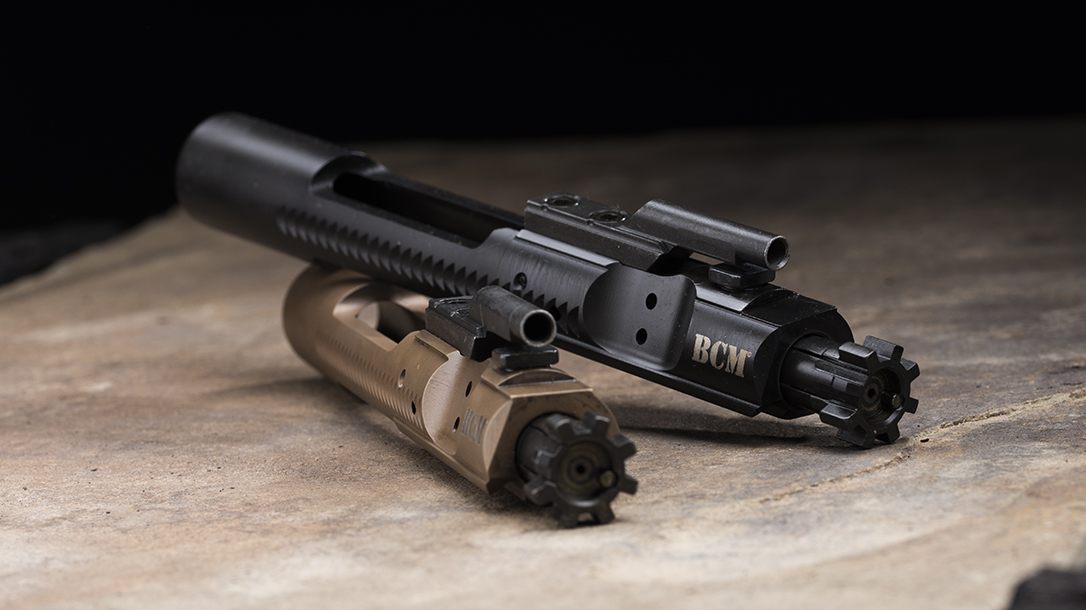
In firearms with bolt-action or semi-automatic actions, the bolt is responsible for chambering and extracting cartridges. It typically consists of a handle for manipulation, a locking mechanism to secure the breech during firing, and extractor and ejector components to remove spent casings after firing.
Advertisement — Continue Reading Below
Muzzle
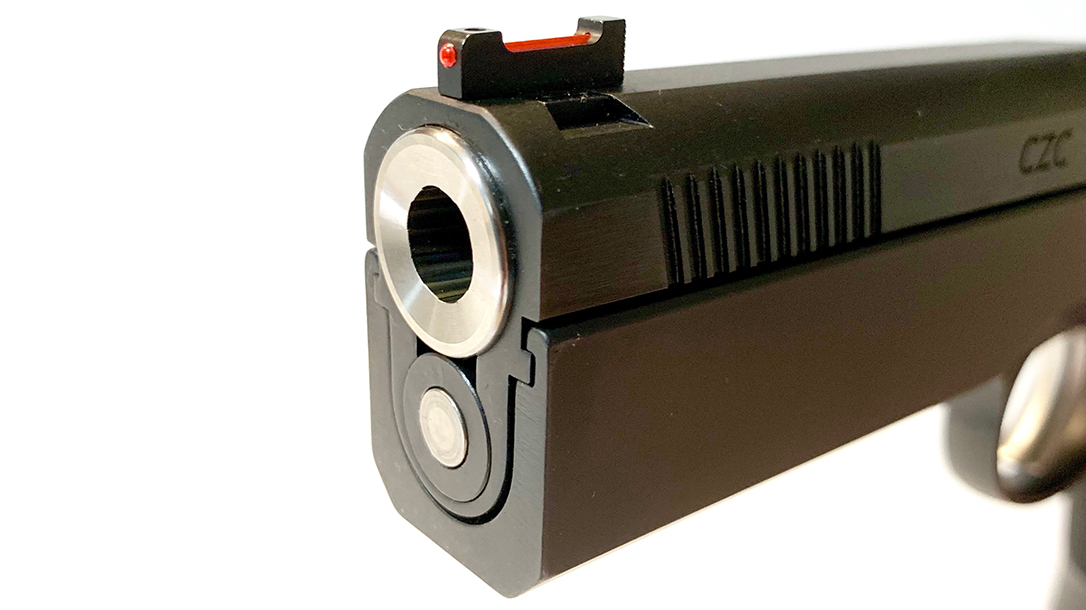
The muzzle is the open end of the barrel from which the projectile exits. It may feature threading or other attachments for mounting accessories such as muzzle brakes, flash suppressors, or silencers. Proper muzzle control is essential for safe handling and effective shooting.
Understanding the anatomy of a firearm is essential for safe and responsible ownership and use. Whether you’re a seasoned shooter or a novice enthusiast, knowing how each part functions and interacts with the others enhances your ability to operate the firearm effectively while minimizing the risk of accidents. Additionally, familiarity with your firearm’s components enables you to perform routine maintenance and troubleshooting, ensuring its reliability and longevity. Most important, however, is that it allows you to intelligently engage in firearms conversations without fear of mixing up terms.
Advertisement — Continue Reading Below
